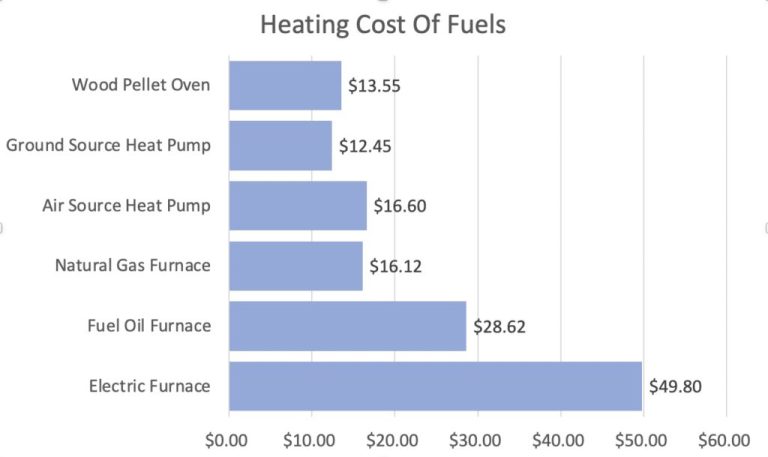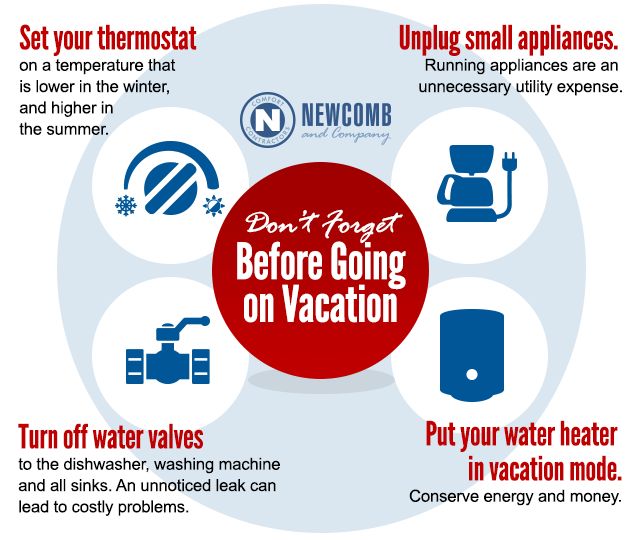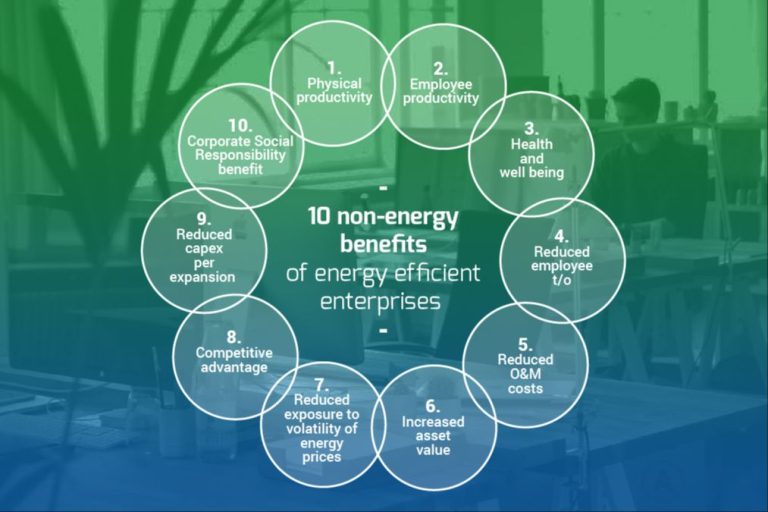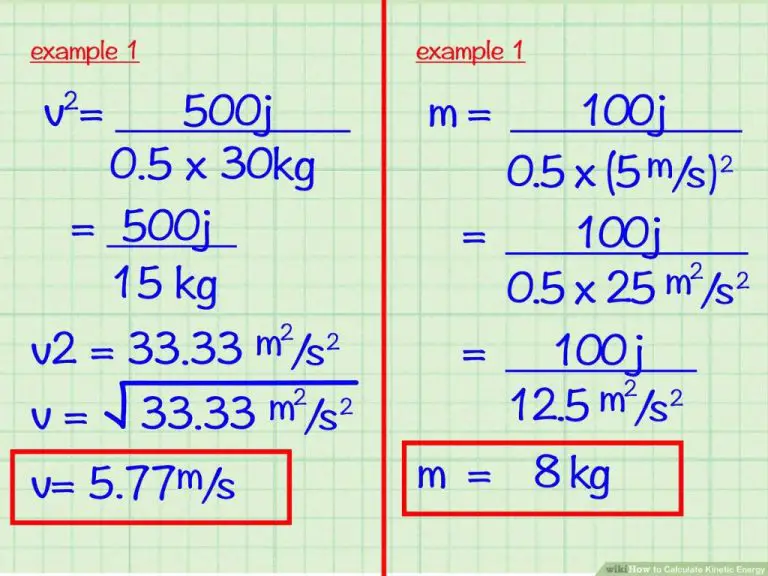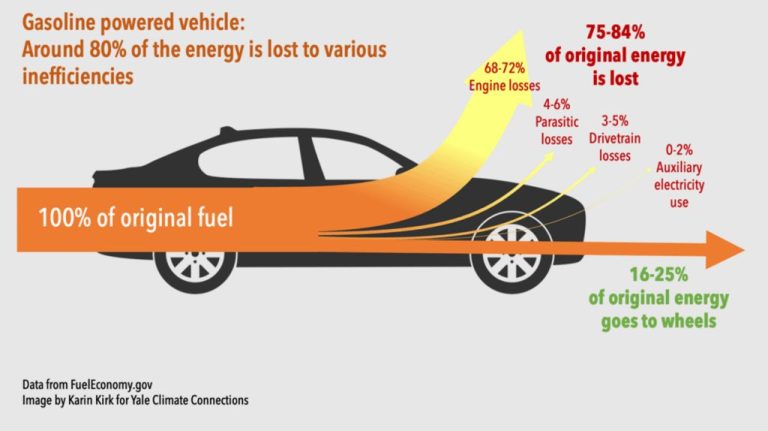What Is A Mechanical Energy Converter?
Introduction
A mechanical energy converter is a device that converts one form of mechanical energy into another form of energy. Mechanical energy is energy that results from the position, motion or shape of an object. The most common types of mechanical energy converters are turbines, engines, and pumps.
For example, a wind turbine converts the kinetic energy of wind into rotational mechanical energy. An internal combustion engine converts chemical energy from fuel into mechanical energy. A pump converts rotational mechanical energy into potential energy by moving fluids. Mechanical energy converters allow us to harness one type of mechanical energy and convert it into a more useful form of power.
How Mechanical Energy Converters Work
Mechanical energy converters transfer energy from one form to another while obeying the law of conservation of energy. This law states that energy cannot be created or destroyed, only converted from one form to another. In mechanical energy converters, there is often a transfer between potential energy and kinetic energy.
For example, in a hydraulic turbine, the potential energy of water held behind a dam is converted into kinetic energy as the water flows downwards and spins the turbine blades. The spinning turbine then converts the water’s kinetic energy into mechanical energy to turn a generator and produce electricity. However, the total amount of energy remains constant throughout these transfers in accordance with the law of conservation of energy.
Other examples include internal combustion engines, where the chemical potential energy stored in fuel is converted into thermal energy through combustion. This thermal energy expands gases to move pistons, converting the thermal energy into kinetic energy. The kinetic energy of the moving pistons is then converted into rotational mechanical energy to drive the wheels of a vehicle. Again, the total energy remains fixed, even as the engine converts between different energy forms.
Understanding these transfers between potential, kinetic, chemical, and thermal energy is key to comprehending how mechanical energy converters are able to harness one form of energy and convert it into a more usable type of energy for human applications.
Types of Mechanical Energy Converters
There are three main types of mechanical energy converters:
Turbines
Turbines are rotary mechanical devices that extract energy from a fluid flow. They convert the kinetic energy of fluids like water, steam, gas or air into useful mechanical power. The fluid causes the blades of a rotor to spin as it passes through the turbine. This rotational energy can then be used to drive an electricity generator or other machinery.
Common types of turbines include steam turbines, gas turbines, water turbines and wind turbines. Steam and gas turbines are commonly used in thermal power plants to drive an electrical generator. Hydroelectric plants use water turbines to generate electricity from the energy in rivers or streams.
Engines
Engines are cyclic machines that convert thermal energy into mechanical work. The heat is supplied externally to the engine through combustion of a fuel or from other high-temperature sources. This thermal energy creates pressurized gases that expand and drive pistons, turbines or other components to generate rotational motion.
Examples include internal combustion engines like gasoline, diesel and gas turbine engines. External combustion engines include steam engines and Stirling engines. Engines provide kinetic energy for vehicles, electric generators and machinery.
Pumps
Pumps are mechanical devices that move fluids by mechanical action. They require an external power source but are considered energy conversion devices because they convert mechanical energy into fluid flow energy.
Pumps create a pressure difference to move liquids, gases, slurries and viscous fluids. They come in many designs but piston pumps, centrifugal pumps, and positive displacement pumps are among the most common types used in industry and applications.
Turbines
Turbines are an important type of mechanical energy converter that convert the kinetic energy from a moving fluid into useful mechanical work. There are three main types of turbines:
Wind Turbines
Wind turbines use the natural kinetic energy of wind to generate rotational mechanical power. The wind turns the blades of the turbine, which spin a shaft connected to a generator that converts the mechanical rotation into electrical power. Wind turbines come in all sizes, from small models for residential use to giant utility-scale wind farms. The power output depends on the turbine size and wind speed.
Water Turbines
Hydropower turbines convert the kinetic energy of flowing or falling water into rotational energy. Common types include Pelton wheels, Francis turbines, and Kaplan turbines. The moving water hits the turbine blades, creating lift and causing them to turn. The spinning turbine spins a generator to produce electricity. Hydropower is one of the largest renewable energy sources globally.
Steam Turbines
Steam turbines use high-temperature, high-pressure steam to rotate the turbine and generate mechanical power. The steam rushes past the turbine blades, causing them to turn a shaft. This rotation can drive a generator to produce electricity. Steam turbines are extremely efficient and are used in thermal power plants as well as applications like aircraft propulsion and electricity generation.
Engines
Engines are a common type of mechanical energy converter that convert thermal energy into mechanical energy. There are two main types of engines: internal combustion engines and external combustion engines.
Internal Combustion Engines
Internal combustion engines burn fuel within the engine itself to create pressure that pushes a piston to move. The piston’s movement turns a crankshaft that provides rotational mechanical energy. Examples include car engines, small engines for lawn mowers and generators, and airplane jet engines.
External Combustion Engines
External combustion engines burn fuel externally, and use the heat to heat water or another working fluid that creates pressure to move a piston. The piston movement turns a crankshaft to produce rotational mechanical energy. Examples include steam engines and Stirling engines.
Both internal and external combustion engines provide a practical way to convert the chemical energy in fuel into usable mechanical energy through a contained system. Engines have enabled transportation, electricity generation, and industrial processes.
Pumps
Pumps are a type of mechanical energy converter that are used to move fluids. They convert rotational mechanical energy from a motor or engine into kinetic energy that pushes the fluid. There are several common types of pumps:
- Centrifugal pumps use an impeller that rotates and accelerates fluid outward from the center of rotation.
- Positive displacement pumps enclose a fixed volume of fluid and apply force to displace it.
- Diaphragm pumps use a flexible diaphragm that moves back and forth to displace fluid.
- Gear pumps use rotating gears that pump fluid between the teeth spaces.
- Peristaltic pumps use rollers that compress flexible tubing to push fluid through it.
As mechanical energy converters, pumps provide the kinetic energy needed to overcome friction and move fluids from one place to another. They are a key component in many hydraulic and pneumatic systems across industrial, municipal and residential applications.
Efficiency of Mechanical Energy Converters
The efficiency of a mechanical energy converter refers to the ratio of useful output energy or work to input energy. There are several factors that affect the efficiency of mechanical energy converters:
Friction losses – Friction converts useful mechanical energy into heat, which is wasted energy. Minimizing friction in components that rub against each other, such as bearings and seals, can improve efficiency. Lubricants are used to reduce friction.
Thermodynamic limits – The theoretical maximum efficiency of any heat engine is limited by thermodynamic principles, as described by the Carnot cycle. This sets an upper bound on the efficiency.
Energy conversions – There are always some energy losses when converting between potential, kinetic, electrical, and thermal energy. Minimizing wasteful conversions improves efficiency.
Design optimization – Careful engineering design to ensure components are properly sized, move smoothly, and integrate together, results in higher efficiency.
Waste heat recovery – Capturing and reusing waste heat, instead of releasing it, improves efficiency. This technique is used in combined cycle power plants.
There are several ways to improve the efficiency of mechanical energy converters:
– Use lightweight, strong materials that minimize friction losses.
– Add regenerative features to recover and reuse energy.
– Optimize the size and shape of components.
– Use smarter controls and sensors.
– Improve manufacturing quality and tolerances.
– Maintain components to prevent efficiency degradation over time.
– Recover waste heat and convert it to useful energy.
– Use the latest technologies and techniques.
With continual engineering advances, the efficiency of mechanical energy converters keeps improving.
Applications
Mechanical energy converters are used in many applications, but some of the most common are in transportation, power generation, and manufacturing.
Transportation
In transportation, mechanical energy converters are used in anything that converts stored energy into motion. This includes engines in cars, trucks, planes, and ships that convert the chemical energy in fuel into rotational kinetic energy to turn the wheels, propellers, or turbines. Transmissions then adapt this rotational motion for practical use.
Power Generation
Turbines are commonly used in power plants to convert the kinetic energy of steam, water, or wind into rotational energy that spins a generator to produce electricity. Hydroelectric dams use water turbines, while gas and coal plants use steam turbines. Wind turbines also generate electricity when wind spins their blades.
Manufacturing
In manufacturing and industrial settings, mechanical energy converters power many kinds of machinery. Electric motors rotate saws, conveyor belts, pumps, compressors, rollers, and more. Pumps move fluids through pipes, while compressors pressurize gases. These enable continuous material handling and automation.
Advantages and Disadvantages
Mechanical energy converters offer both benefits and drawbacks compared to other methods of energy conversion. Some of the key advantages and disadvantages include:
Turbines
Advantages:
- High efficiency in converting fluid flow into rotational mechanical energy.
- Scalable to large industrial sizes with high power output.
- Low maintenance requirements.
Disadvantages:
- Only work with fluid flow as an energy source.
- Expensive initial construction costs.
- Some turbine designs can harm wildlife.
Engines
Advantages:
- Flexible fuel source including gasoline, diesel, natural gas, etc.
- Compact size with high power-to-weight ratio.
- Used in most motor vehicles and portable generators.
Disadvantages:
- Lower efficiency than turbines.
- Higher maintenance requirements.
- Noise and exhaust emissions.
Pumps
Advantages:
- Simple and durable construction.
- Used for essential fluid transfer applications.
- Variety of sizes and capacities available.
Disadvantages:
- Inherent energy losses in fluid transfer.
- Prone to cavitation damage.
- Constant input power required regardless of output.
Future Outlook
The future looks bright for continued improvements in mechanical energy converters. Here are some key areas researchers are focusing on:
Improving existing technologies: Incremental improvements in materials, design, and manufacturing can boost efficiency across all types of mechanical energy converters. For example, new blade designs and better heat resistant materials are enabling turbine engines to achieve higher operating temperatures and pressures for better efficiency. Control systems that dynamically optimize operations can also lead to gains.
Developing new applications: Ongoing research is expanding the use cases for mechanical energy converters. Portable and micro-scale devices like pumps, compressors and generators are enabling new medical, industrial and consumer applications. Hybrid turbine-fuel cell systems are also being developed to achieve higher overall efficiency. The potential to harness new energy sources, from geothermal to wave power, depends on advances in specialized mechanical converters.
Overall, mechanical converters will continue to play an indispensable role in everything from transportation to infrastructure. Both evolutionary and revolutionary advances can help improve their performance, efficiency, versatility and adoption even further.

